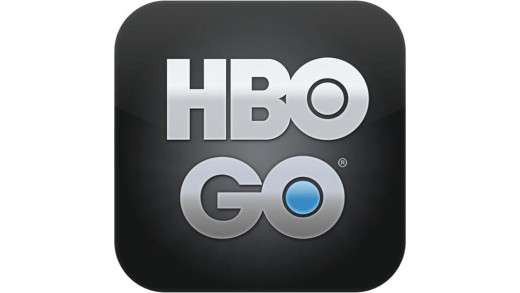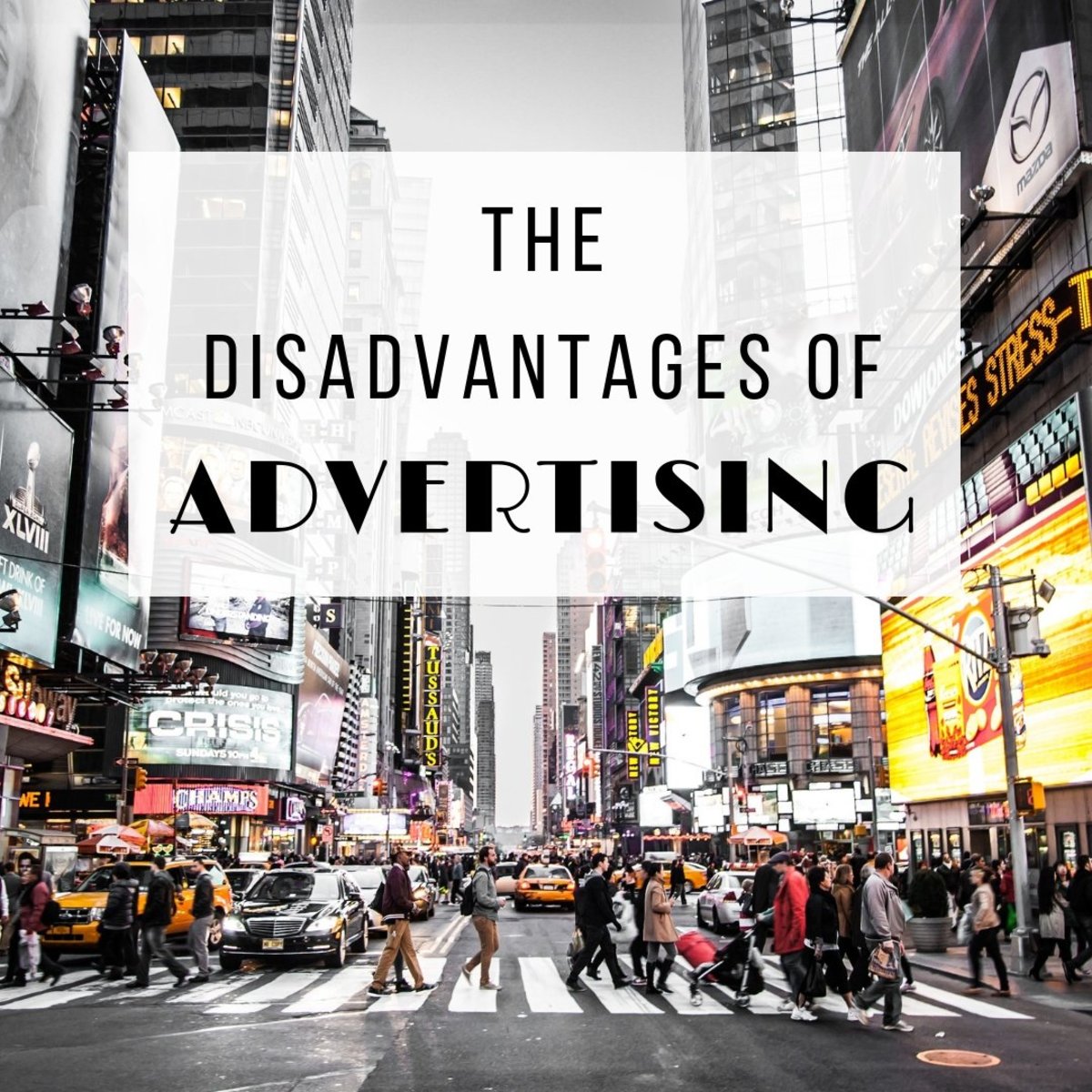The Future of Streaming Advertising
Streaming services have been gaining in popularity as more and more people are cutting the cable television cord. Almost all of the major television networks have a streaming option of some sort, some require a cable television authentication while others limit the available episodes to a few but are free. Then there are services such as HBO GO that simply charge a flat monthly fee to access their content. All of these options serve up advertising of some sort, whether for other shows on the network, or available in the app, or traditional style advertising. Traditional advertising is what you would expect on television, pick a show, an advertisement or two runs then a predetermined amount of the show plays before more advertisements are displayed. Anyone that has used Hulu, and its paid counterpart- Hulu Plus, understand how frustrating it can be when you see the same advertisement for the 15th time that day, usually in a row. There is not a lot of advertisements available at the moment, it is nearly as bad as mobile advertising- everyone has their own ad network that they use. This spreads the available ads around quite a bit, some such as Hulu getting a strikingly few options while services like Hasbro’s free streaming option has many.
Let’s jump ahead 10 years. Advertisers have figured out that streaming services are where the viewers are (unlike most DVR’s viewers are stuck watching the ads). A few ad networks have finagled a winning strategy against the others and now viewers are in the hands of say three big advertising networks. Sounds good so far.

Free streaming options such as Crackle, Hulu and Hasbro’s cartoon service are still around but now they have much more content. The paid services such as Hulu Plus, HBO GO, etc are still around along with plenty of other services that added to the mix over the previous decade.
Advertising is picking up as more viewers are leaping over to streaming services in droves. This is a boon for advertisers who want to get in front of those viewers, which is easier thanks to the consolidation of ad networks. Things are going great all around, almost.
With the advent of on demand entertainment I think there will spawn something I like to call “on demand advertising”. Some already do this, such as Fright Pix (available on Roku). You can watch shows for free, but with ads, or you can pay a small fee and watch the show/movie without advertisements interfering. This is what I think the future will evolve into something newer and more direct to viewers.
Take a short catalog of the advertisements you see in an average viewing session. What type of ads were they? I am sure they cover the range from personal hygiene products to vehicles to entertainment and we can’t forget food. It is quite a collection of advertisements to say the least.
To tie this to the current advertising we see is key to understanding how things are probably going to evolve later. What if, while watching the latest episode of Big Bang Theory you could pick what type of advertisements you see? I mean, more so than the limited options that, occasionally, occur with Hulu. Say, in exchange for the time to fill out your profile with, say, Hulu and answering questions like “Are you vegetarian?” or “Where do you live?” or various interests that you have (not a sports fan but love cars?). The service would take this information and use it to tailor ads to your liking, and they would also use this information to build better demographics of their audience with which they could better tailor their rates for advertisements. It is a win-win for the service.
Okay, say you are more of a privacy fan and don’t want to give out that kind of information (the government might be reading your answers). The service would also offer the option to pay a small fee to eliminate advertisements of a certain type. $0.99 a month to eliminate up to 4 or 5 categories of advertising. The question of whether they have advertisements in those categories, or not, is something you simply won’t know- paying simply guarantees you won’t see those types of ads.
For me, personally, I would pay a buck a month to a few services to eliminate fast food advertisements from my viewing time. The question is, how many others would? I am going to venture out and say quite a few would. So many that this could become a new revenue stream for many services, both paid and free (Netflix is free from this discussion since they don’t show ads). I could see non-sports fans paying up to avoid seeing sports ads repeatedly, the same for people that can’t stand cooking shows and the like.
Now, you may be wondering how this would benefit the services, and advertisers, without costing them advertising revenue. Simple. Services wouldn’t annoy viewers with worthless ads and advertisers would know that their ads are better targeted since people that don’t want to see certain ads are actually paying to avoid them altogether. That leaves a much more targeted audience to view your ads- if you are able to weed out non-sports fans from the beginning then you have eliminated a worthless viewership.
This could be the wave of advertising in the future, viewers paying to avoid it.








